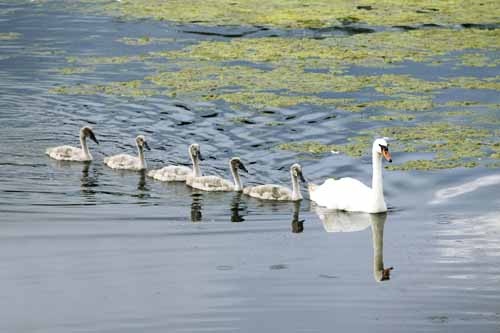|
|
| (2 intermediate revisions by the same user not shown) |
| Line 1: |
Line 1: |
| | + | == This is the official Crest of [[Carrick-on-Suir]], Ireland. == |
| | + | |
| | [[Image:Carrick-on-suir crest.JPG]] | | [[Image:Carrick-on-suir crest.JPG]] |
| | | | |
| − | [[Image:Swans of Carrick-on-Suir.jpg]]
| |
| | | | |
| | | | |
| − | Carrick On Suir.ie Home
| + | [[Image:Swans of Carrick-on-Suir.jpg]] |
| − | Tourism
| + | |
| − | [ http://www.carrickonsuir.ie/local%20history/204 ] | + | |
| − | | + | |
| − | == HISTORY INTRODUCTION TO CARRICK-ON-SUIR,Ie. ==
| + | |
| − | Carrick-on-Suir, a beautiful south east of Ireland medieval town is set in the ancient Golden Vale (Gleann an Oir) and surrounded to the south by the Comeragh Mountains of Co. Waterford. Legendary Sliabh na mBan keeps a watchful eye from high upon the 800 years old town nestling in the Suir Valley. Downstream on the Suir to the southeast region we can view the Walsh Mountains from where it is thought by historians that the first inhabitants of the town originated.
| + | |
| − | | + | |
| − | | + | |
| − | | + | |
| − | Carrick-on-Suir or Carrick Mac Griffin so called by association with the Anglo Norman landowner family of Fitzgriffin, was, from its foundation up to the early 19th Century, an island settlement. The waters of tributaries namely Lingaun, Pil,Glasha and Glen encircled to enter the Suir from east to west. The habitat can only be envisaged as a collection of mud huts, thatched or grass roofed in a most basic scenario of habitation. Most probably a collection of animals provided some self-sufficiency by way of meat and the raw materials for clothing. The swampland and greenery would in itself sustain such agricultural stock with grazing etc. | + | |
| − | | + | |
| − | The granting of a charter to hold a Fair (An T-Aonach) in the year 1247 provides us with enough evidence that suggests a population was building up in the place. This event would be held in a vast area commonage known as The Fair Green. Though now a small version of the original acreage, it is, along with Coolnamuck and Oven Lane, one of the most durable place names of the town.
| + | |
| − | | + | |
| − | From the early 14th Century, the governmental affairs of the town were overseen by the overlords “The Butlers of Ormond”, who had been granted the lands of Carrick by virtue of being declared the Chief Butlers of Ireland. This family provided the religious order of Franciscans with its foundation church in Carrick Beg (1336). The most notable members of the clan were Thomas (Black Tom) Butler, the 10th Earl of Ormond (1531-1614) who built the Tudor Manor House extension to the Castle and James 12th Earl and 1st Duke of Ormond (1652) who founded the woollen industry of the mid 17th Century.
| + | |
| − | | + | |
| − | | + | |
| − | From an era of commerce and trade, of employment and prosperity amongst a 1799 population census of nearly 11,000 persons, the town’s economy went into freefall as a result of British taxes and levies imposed on imports to protect its own industry at home. Deprivation, hunger, illness and disease with resultant multiple deaths saw the town in the throes of an early famine. Carrick-on-Suir would not experience any semblance of mass employment until the arrival of the Malcolmson Cotton Factory (1863-1877) which was relatively short lived and later in the first third of the 20th Century with the opening of Plunder and Pollack Leather Factory.
| + | |
| − | | + | |
| − | Throughout pages in this presentation we will further inform the readers of the many facets of historical fact, industry, employment, people and places who are and have been synonymous with this town of Carraig-na-Siuire.
| + | |
| − | | + | |
| − | | + | |
| − | © 2005 Carrick-on-Suir.ie :: Contact Us :: Acknowledgements :: Disclaimer :: Top
| + | |

